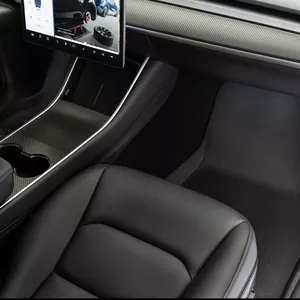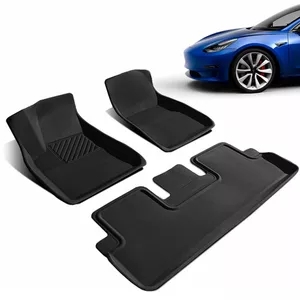Breathable car covers are designed to allow air to pass through the fabric while preventing moisture from accumulating underneath. The science behind these covers involves materials and designs that balance breathability and water resistance. Here’s an overview of how breathable car covers work:
- Material Selection:
- The choice of materials is critical in designing breathable car covers. Typically, these covers are made from synthetic fabrics like polypropylene, polyester, or microfiber. These materials are naturally breathable, allowing air molecules to pass through their microscopic pores.
- Microfiber Structure:
- The fabric used in breathable car covers has a microfiber structure. This structure consists of countless tiny fibers woven together, creating small gaps or pores between the fibers. These gaps are small enough to prevent water droplets from penetrating but large enough to allow air molecules to pass through.
- Hydrophobic Properties:
- Breathable car cover materials are often treated with hydrophobic coatings or finishes. These treatments repel water, causing it to bead up on the surface of the fabric rather than being absorbed. The hydrophobic properties help keep the cover water-resistant while allowing air to pass through.
- Water Vapor Transmission:
- While breathable car covers prevent liquid water from passing through, they still allow water vapor (humidity) to escape. This is crucial for preventing moisture buildup under the cover, as trapped moisture can lead to mold, mildew, and corrosion.
- Ventilation Systems:
- Some breathable car covers feature built-in ventilation systems. These may include vents, flaps, or mesh panels strategically placed to promote airflow. Ventilation helps further reduce moisture buildup and condensation under the cover.
- Condensation Control:
- The breathability of the cover helps control condensation by allowing warm, moist air to escape from under the cover. When the temperature drops, moisture in the air can condense on the cool surface of the vehicle. Breathable covers help reduce this effect.
- Balancing Breathability and Water Resistance:
- The challenge in designing breathable car covers lies in striking the right balance between breathability and water resistance. Too much breathability can compromise water resistance, while too much water resistance can limit breathability. Manufacturers use different materials, weaves, and treatments to achieve this balance.
- Regular Maintenance:
- While breathable car covers are effective in reducing moisture buildup, it’s still essential to periodically remove the cover, allow your vehicle to air out, and inspect for any moisture-related issues.
In summary, breathable car covers leverage the science of materials and design to create a balance between allowing airflow and preventing moisture buildup. These covers are effective in protecting your vehicle from dust, dirt, and moisture while maintaining proper ventilation to keep your car’s finish and interior in good condition.




















